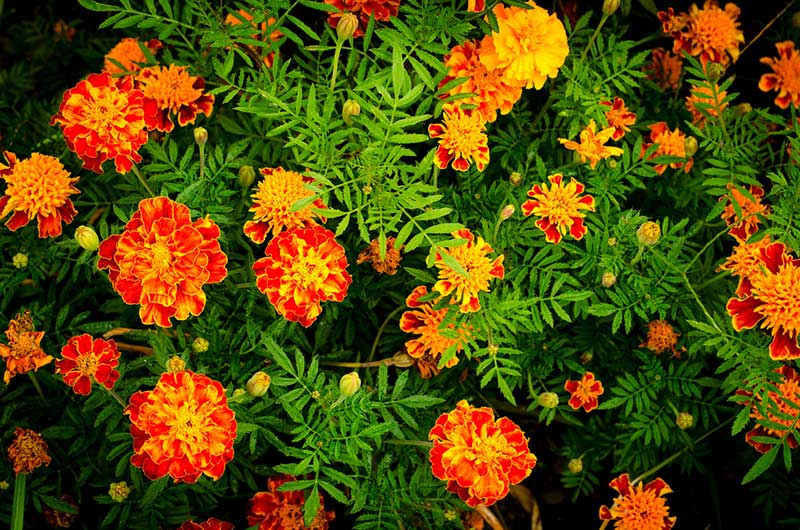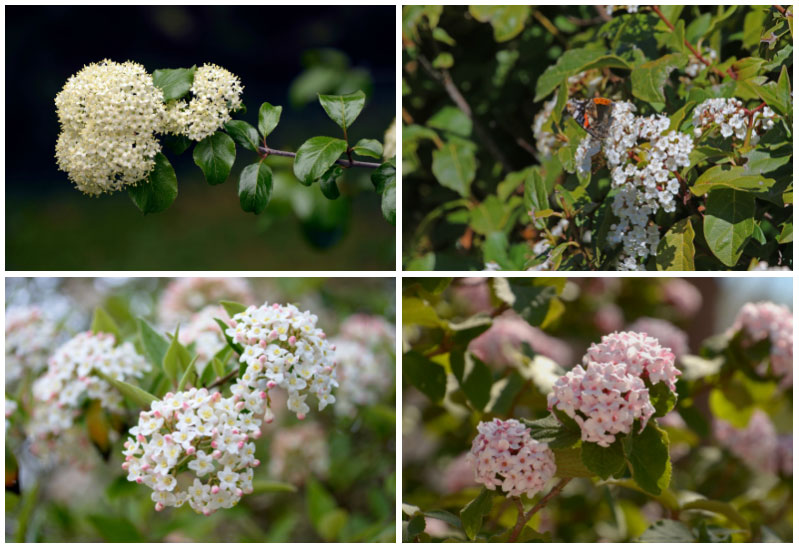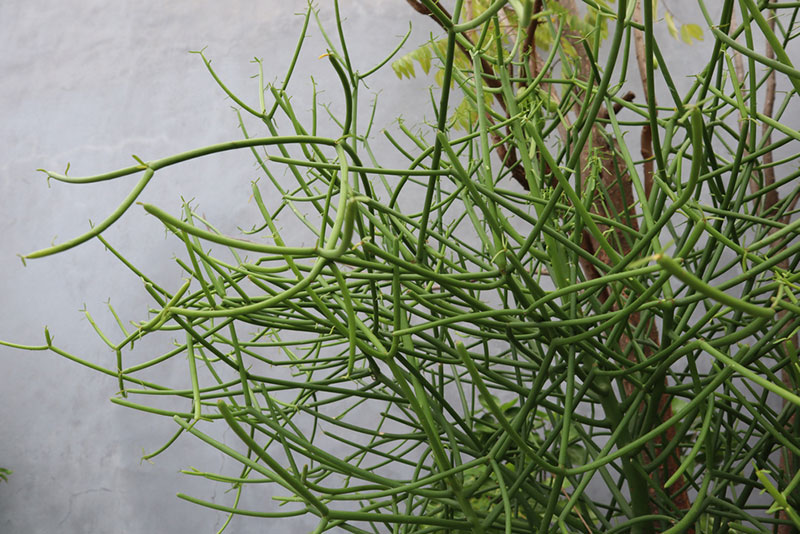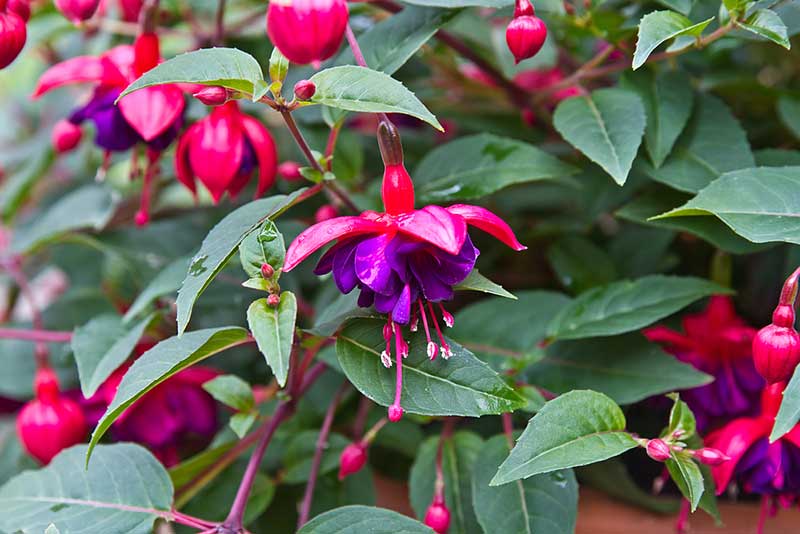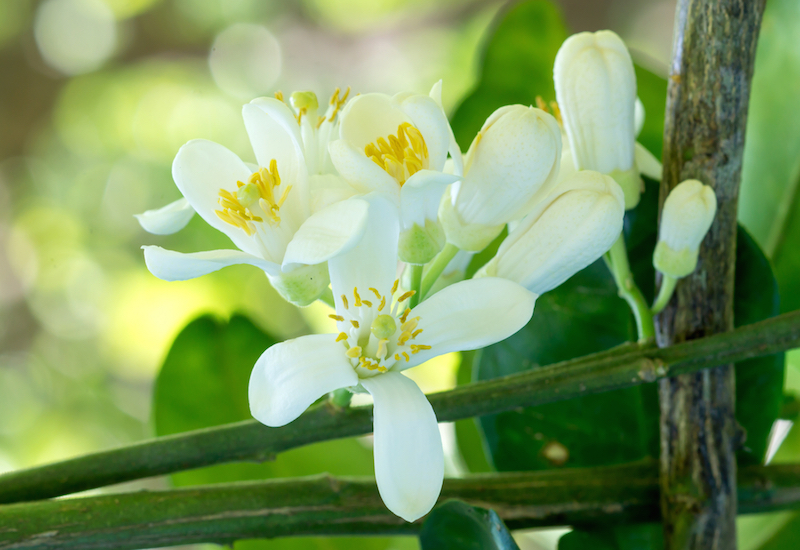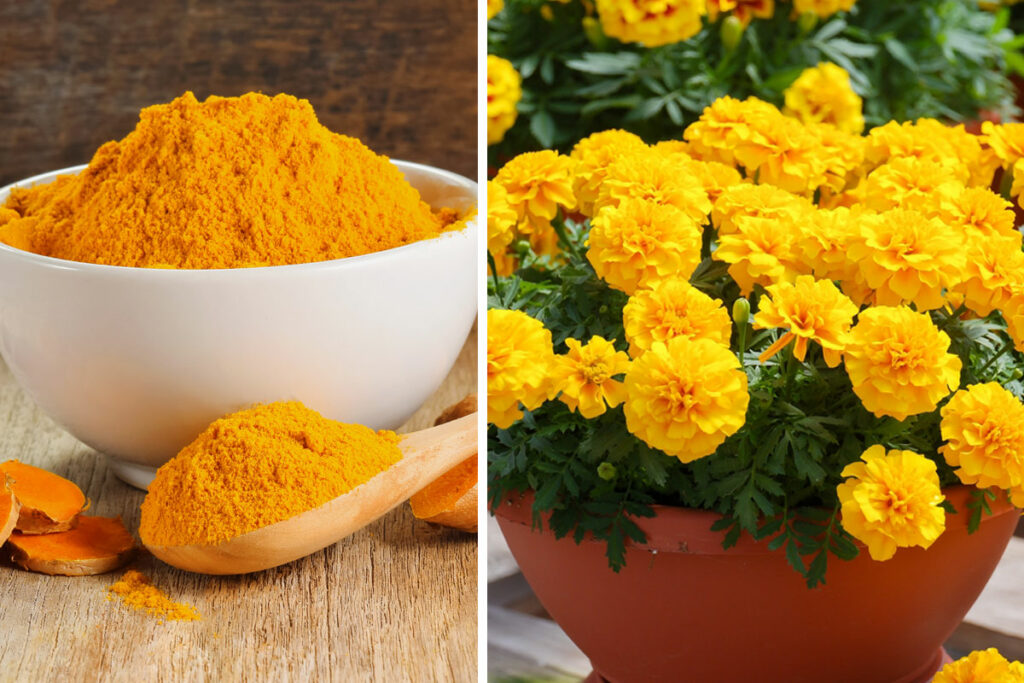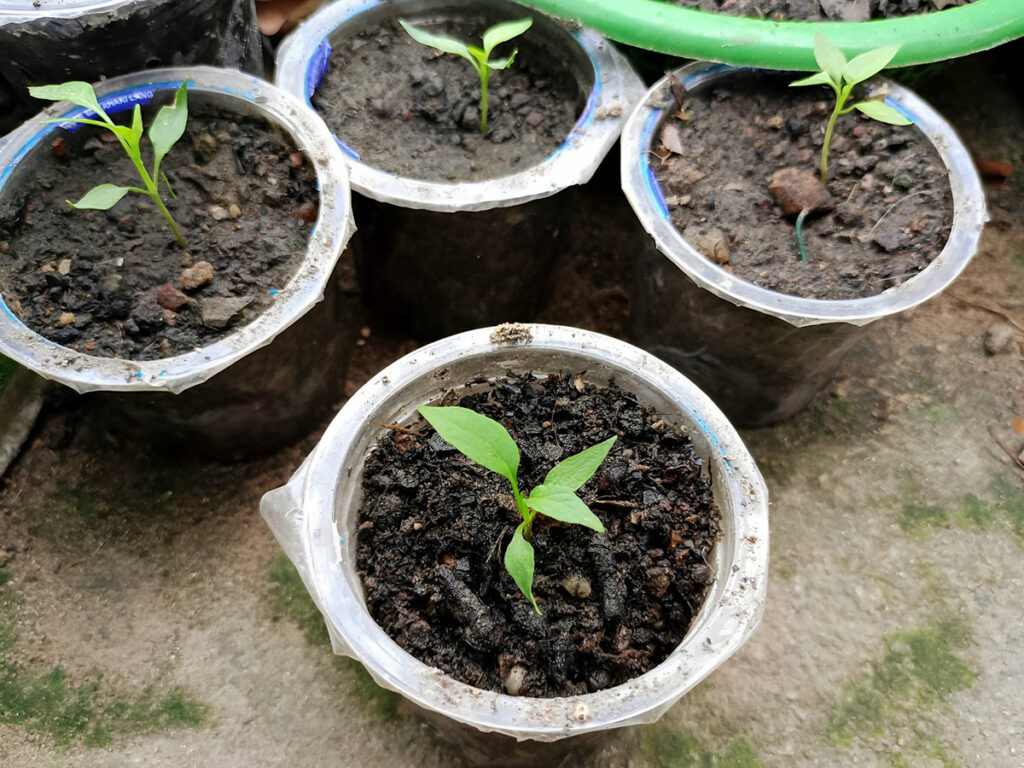Many gardeners make the error of trying to extend the gardening season beyond what is reasonable and then run out of time for putting the garden to bed properly. While it may be difficult to accept the growing season is over, your garden needs your full attention now as much as ever. How you end the season will determine how healthy your garden is in the spring and how much work you need to do to get it ready for growing.
Remove Old Plants
Clearing away all plant residue from the summer garden is the first step to preparing the garden bed for the fall. Pull vines and stalks leftover from your summer veggies and dispose of them properly. Insect-infested or diseased vegetation should be deposed of in the trash, while healthy vegetation goes in the compost bin.
Take the time to chop corn stalks and other woody vines into 1- to 2-inch sections before adding them to the compost bin. This helps speed up the composting process and adds needed aeration to compost pile.
Remember to keep a good ratio of green and browns in your compost pile. Plants that have stopped producing fruit but have not died back yet are a good source of green organic matter for the compost pile, while dried vegetation, like old cornstalks, are a terrific source of brown organic matter. Aim for a ratio of one-part green organic matter to 2- to 3-parts brown in your compost pile.
Pull Out Weeds
This is also the time to pull any weeds that have grown in your garden, even if the foliage has died back. Many weeds are perennials and will begin growing from the roots it in the spring if you do not pull them now. Be cautious of weeds that have gone to seed as scattered seeds in the garden will produce an abundance of new weeds in the spring.
If weeds in your garden have gone to seed, try to remove them without scattering the seeds. You can carry a plastic bag or other container with you and clip the seed heads letting them fall into the bag before pulling the weeds. Although it may be difficult to capture all the seeds, it will eliminate many unnecessary weeds the following spring.
Test the Soil!
Fall is the ideal time to test your soil as it gives you time to amend the soil before the ground freezes and gives amendments time to work their magic. Although you don’t need to test your soil every year, you should be aware that its composition, pH and nutrient levels can change over time as your veggies absorb nutrients from the soil. The University of Maine Cooperative Extension recommends testing your garden soil every 3 to 5 years, or sooner if you notice decreased production or signs of slow growth.
Contact a local soil testing company or contact the extension office at your local university to obtain a soil test kit. Many extension offices provide soil-testing services or will put you in touch with someone who does. Take a sample of your soil at a depth of 6 to 8 inches from several locations in the garden. Mix the soil samples together and fill the container provided in your soil test kit. Return the kit following the included instructions.
Amend the Soil
Follow the recommendations with your soil analysis report to amend your soil. The report will provide you with information regarding the pH, nutrient levels and condition of your soil along with recommendations for adjusting the soil for optimal plant growth.
Add the recommended amendments to the soil and till them into the top 6 to 8 inches of the soil, unless otherwise noted. Rake the area smooth with a garden rake, removing any rocks, sticks or other debris that are uncovered during tilling the soil.
Mulch Sensitive Plants
Perennial plants like berries benefit from fall mulching. Cover strawberries with a 3- to 4-inch layer of straw, leaves or pine straw in the late fall once the foliage has turned red. Hay can be used, but may produce weed seeds that will sprout and grow in the spring. This is also the time to mulch perennial flowers to provide protection from freezing and thawing during the winter.
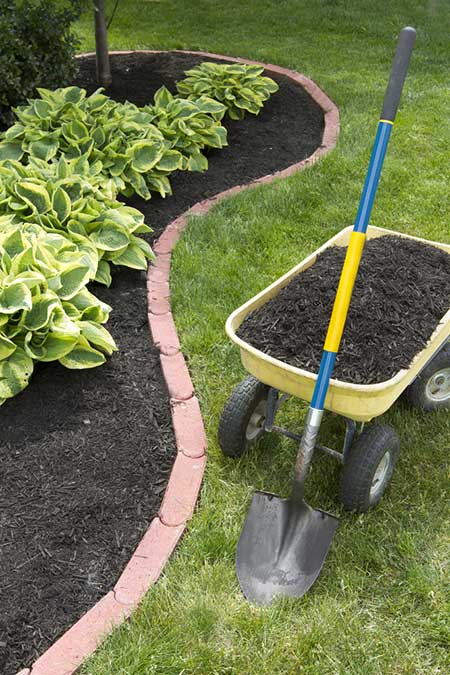
Dig Up Tender Bulbs
Now is the time to dig up tender flower bulbs and store them for the winter. These include flowers like dahlias, gladiolus, begonias and any other flowering bulbs that cannot tolerate cold weather. Dig the bulbs and shake off the excess soil. Put the bulbs in a box filled with peat moss or sawdust and store them in a cool, dry place for the winter.
Take Care of Gardening Equipment
Fall is the time to clean your garden tools before putting them away for the winter. This includes hoes, rakes, clippers, pruners, shovels and any other tools you use for cutting or digging.
- Begin by hosing them down with the spray attachment on your hose to remove soil or plant residue.
- Use a stiff brush to clean stubborn mud or rust from your tools. If rusty spots remain, use steel wool to remove them.
- Once they are clean and free of rust, take the time to sharpen them.
- Coat the cleaned and sharpened tools with a thin coat of oil to prevent rusting during the winter. HGTV recommends filling a bucket with a mixture of sand and oil for storing hand tools during the winter.
- Check handles for any wear and sand them lightly to remove any nicks or splinters.
- Coat the handles with linseed oil to prevent the wood from drying out over the winter.
- Hang your tools in dry area in the garage or basement.
Putting your garden to bed properly in the fall gets it ready for growing flowers and vegetables in the spring. While it may be tempting to do a quick job now, you will appreciate a job well done now when spring arrives as your garden will be ready and waiting for the new growing season to begin.

